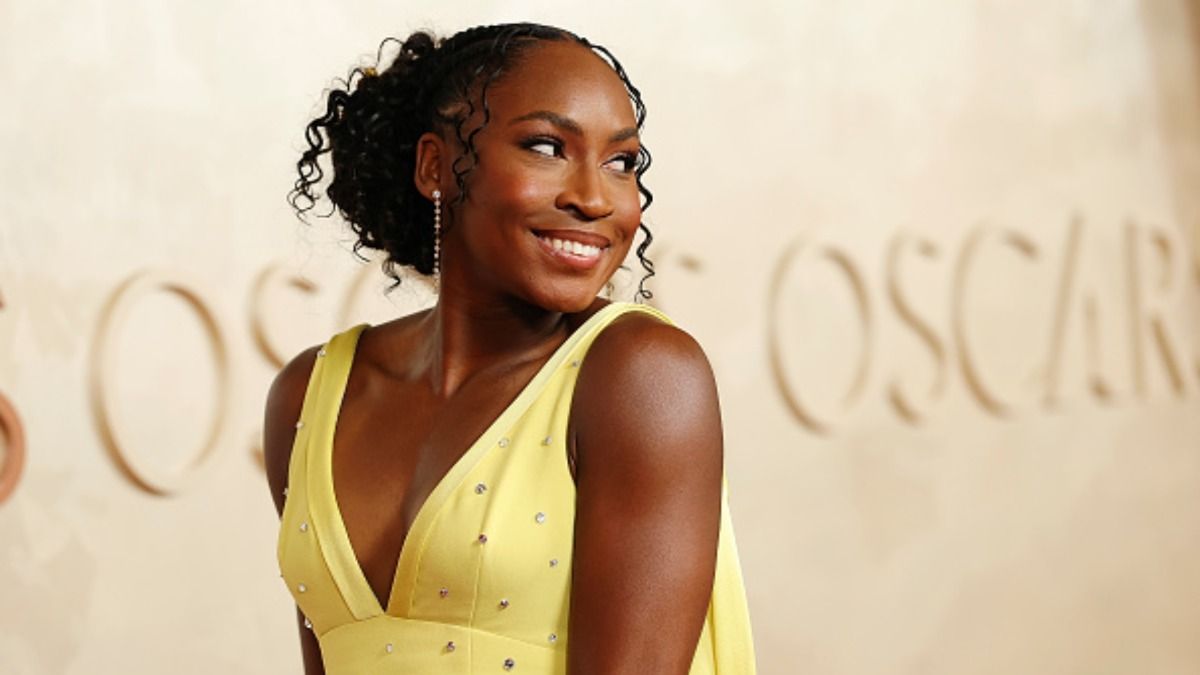USTA welcomes review into safeguarding after $9M judgement in sexual assault case

A six-month review of the United States Tennis Association’s player safety protocols has described the organization’s safeguarding measures and means of ensuring player safety as surpassing the standards of the country’s leading sports safety organization, but still needing significant improvement.
The review, funded by the USTA and conducted by two leading lawyers at Debevoise & Plimpton — David O’Neil and Mary Beth Hogan — includes a series of recommendations to improve current protocols. They center on training staff, coaches, parents and players in safeguarding, which is the term used for keeping children in sports safe from abuse by teaching them, among other things, about how to spot warning signs and about what behavior is illegal and/or inappropriate.
It comes at a fraught time for the USTA in regards to safeguarding. The organization was recently penalised with a $9 million judgement for not living up to its duty of care after a player was allegedly sexually assaulted by a top national coach while training at USTA’s Orlando headquarters.
GO DEEPER
Jury orders USTA to pay $9M in assault case
Some of its recommendations, in a review that amounted to 66 pages of documentation, include:
- Requiring parents to undergo SafeSport training before providing consent to any one-on-one contact between an unrelated adult teacher or coach and a minor athlete.
- Prohibiting all “out-of-program” contact with minor athletes unless a parent who has undergone SafeSport training consents to the contact.
- Requiring trainers who provide massages to narrate their sessions or to use training techniques that minimize touch.
- Imposing guidelines on taking and sharing photos of minor athletes without parental consent, while requiring all photos and videos of athletes to be taken in public view.
- Mandating the filming of one-on-one practice sessions.
- Minimizing one-on-one travel involving minor players and coaches rather than simply recommending it.
The review also recommended clearer communication between regional and national tennis organizations about figures previously placed under investigation after allegations of abuse. A lack of information sharing was at the heart of the aforementioned judgement that took place while the review was ongoing, in which a jury in Florida ordered the USTA to pay Kylie McKenzie damages after it determined the organization failed to prevent her from being sexually assaulted by her coach.
McKenzie sued the USTA in 2022 after the U.S. Center for SafeSport found it “more likely than not” that she had been assaulted by Anibal Aranda when she was 19 and he was 34. McKenzie alleged that Aranda, her former coach and employed by the USTA at the time, had committed sexual assault and battery against her. Aranda denies the allegations.

GO DEEPER
‘The pattern is identical’: How two assault cases question player safety in American tennis
The USTA is appealing that judgement, and the Debevoise review did not explore that specific case because of the ongoing litigation.
“Our review focused on the effectiveness and transparency of both the ways in which the USTA currently works to keep athletes safe and prevent abuse — such as trainings, background screenings and member communications — and its policies for responding when it receives a report of misconduct,” O’Neil and Hogan wrote.
Lew Sherr, the chief executive of the USTA, said the organization was working to implement the recommendations “as thoroughly and as swiftly as possible.”
“We view this report, including recommendations from the Debevoise team, as an important step forward in our efforts to further ensure a safe environment for all those involved in the sport of tennis,” Sherr said.
Bob Allard, the lead attorney for McKenzie and a leading advocate for victims of sexual abuse in sports, applauded the recommendations but said they were toothless without changes in leadership.
“You can create all the fancy rules in the world but if you don’t have the people committed to enforcing them, they are worthless,” Allard said. “Here, the USTA leadership has proven that it is utterly incapable of placing the interests of athletes over their own.”
(Photo: Matt Marriott / NCAA Photos via Getty Images)
Related
Danielle Collins prepares gift for Djokovic as she continues at…
Danielle Collins has vowed to gift Novak Djokovic some of her merchandise after the Serb offered his support to the WTA star. Collins hasn’t been afraid to sp
“Second-Guessing Herself”: Jessica Pegula Unpacks the Inspiring Comeback of Newlywed…
What a year this has been for American women’s tennis! We’ve seen plenty of title triumphs, but if asked to single out one big win among those, it’d surel
Coco Gauff rarely gets…”: American tennis legend weighs in on…
A former American tennis superstar has leaped to Coco Gauff’s defense after the 20-year-old phenom faced backlash for her recent Oscars appearance—a glamoro
Novak Djokovic over LeBron James and Cristiano Ronaldo? American tennis…
A former American tennis great has sparked a firestorm in sports debates by declaring Novak Djokovic the greatest athlete of the modern era—surpassing icons l











